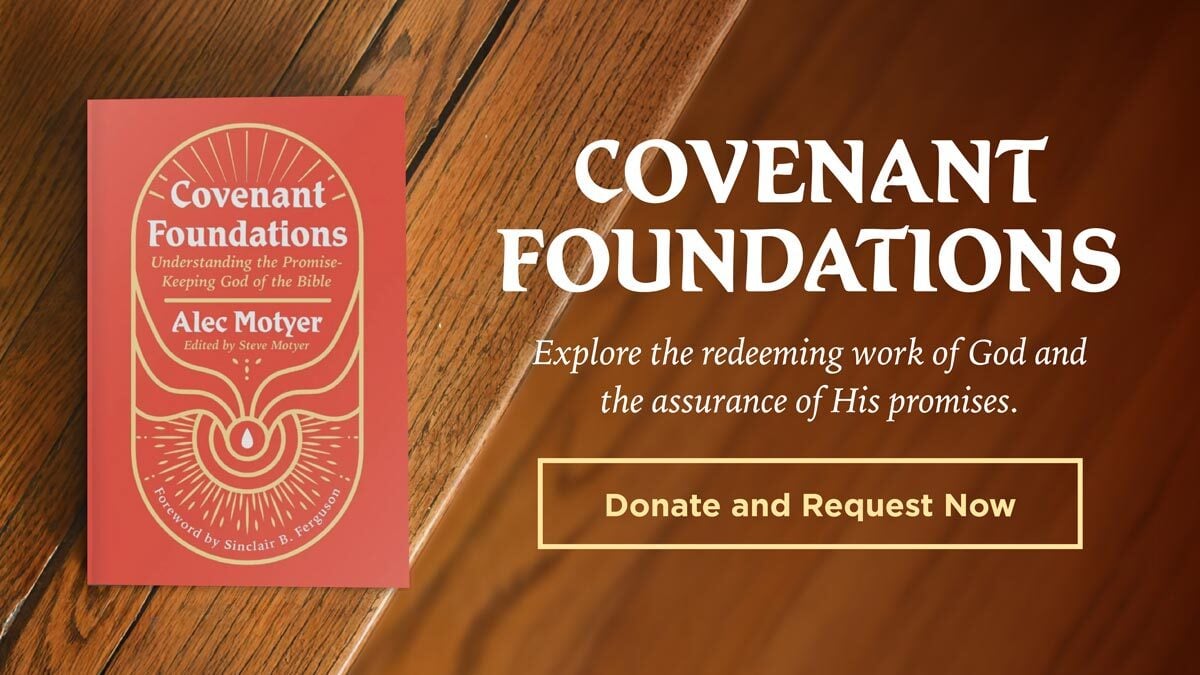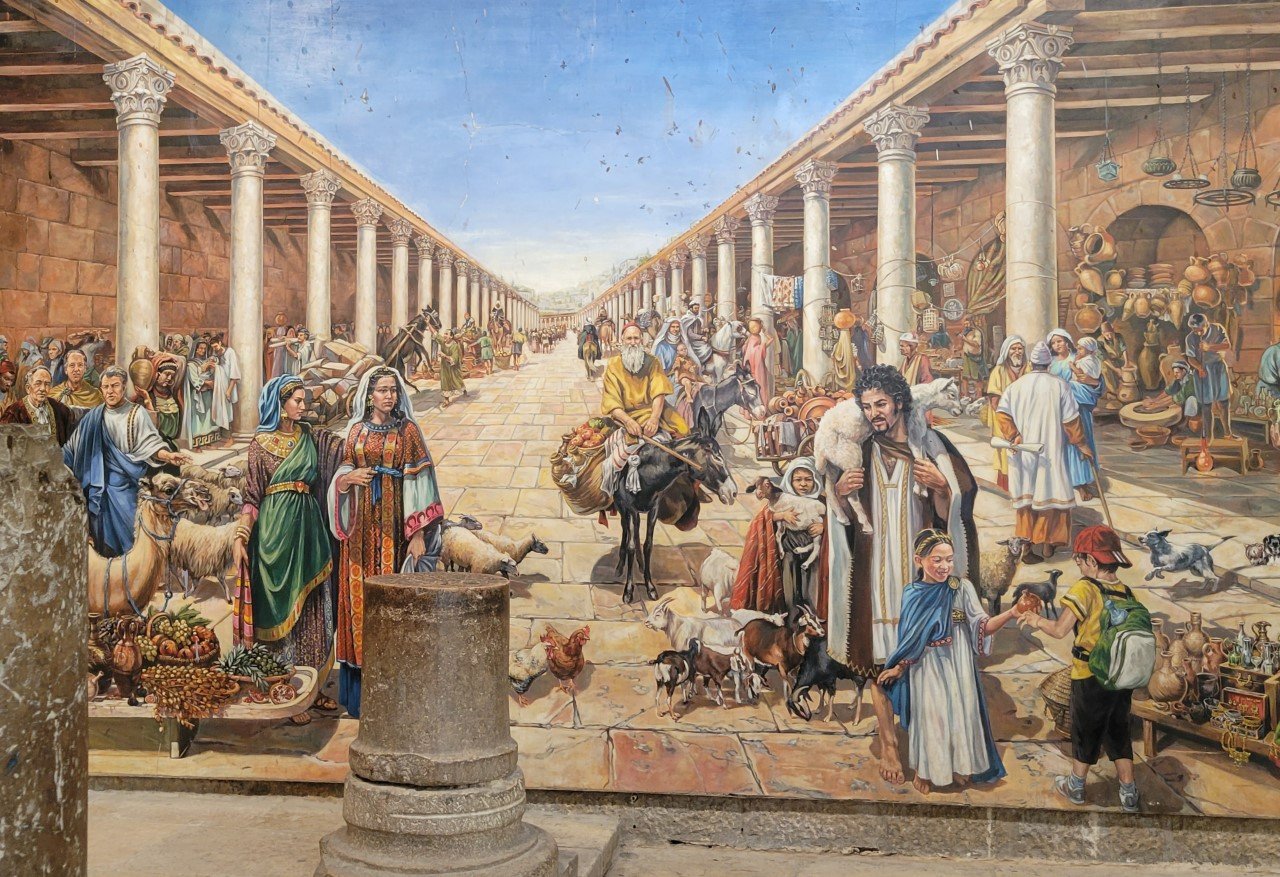Old Points to New
I would say that the two fundamental things that we need to do is first recognize and then notice. We need to recognize that the one God who spoke in the Old Testament also speaks in the New Testament. We should expect, then, that he knew what he was doing all along, and he knew what he was going to say when he was giving his earlier revelation.
Because all Scripture is God-breathed and because the God who spoke in the prophets to the fathers also speaks to us in the Son, we can be confident that things in the Old Testament do correspond to and do point to the things in the New. We can be sure that it’s a possible project, that reading the Old and the New together isn’t going back in time in a way that’s inappropriate, but is indeed what we were designed to do.
Songs of the Son
Daniel Stevens
Songs of the Son examines 9 psalms highlighted in Hebrews to reveal the preincarnate glory of Christ in the Old Testament.
Second, we need to notice. For this I’m going to say we need to notice both parallels and resonances. We need to be able to see where the words of the Old Testament are used in the New Testament. This isn’t an accident or something that happens by chance, rather the New Testament authors, guided by God, were carefully reading and interpreting the Old Testament Scriptures.
Whenever we’re using their words, we should stop and ask Why? and How? What point is this citation being used to make? In what ways are these themes being developed in this new setting in the New Testament books? What context is brought in that we wouldn’t expect or that we might? And then beyond the actual exact words of the Old and the New, we should see resonances. Look for ways in which things in the Old Testament look like things in the New Testament.
God structured history and inspired the Old Testament to point forward to greater realities in the New.
In the book of Hebrews, it is commonly referred to as shadows or types—things in the way that God structured history and inspired the Old Testament that point forward to greater realities in the New. So we can see the tabernacle and see the ways in which that points to the place where Jesus ministers in heaven before the presence of God for us.
We can see the Levitical priesthood and the sacrifices on the day of atonement, and we can use that resonance to see the way that Jesus offers himself once and for all to atone for the people.
So if we have these things in mind—the one God who spoke in the past still speaks in all of his word, and if we see how the words are used again and the themes correspond—we will be able to read the Old and the New alongside one another for our good.
Daniel Stevens is the author of Songs of the Son: Reading the Psalms with the Author of Hebrews.

Daniel Stevens (PhD, University of Cambridge) is assistant professor of New Testament Interpretation at Boyce College, the Southern Baptist Theological Seminary. Daniel lives in Louisville, Kentucky, with his wife, Hannah, and two children.
Related Articles
Crossway is a not-for-profit Christian ministry that exists solely for the purpose of proclaiming the gospel through publishing gospel-centered, Bible-centered content. Learn more or donate today at crossway.org/about.












 English (US) ·
English (US) ·